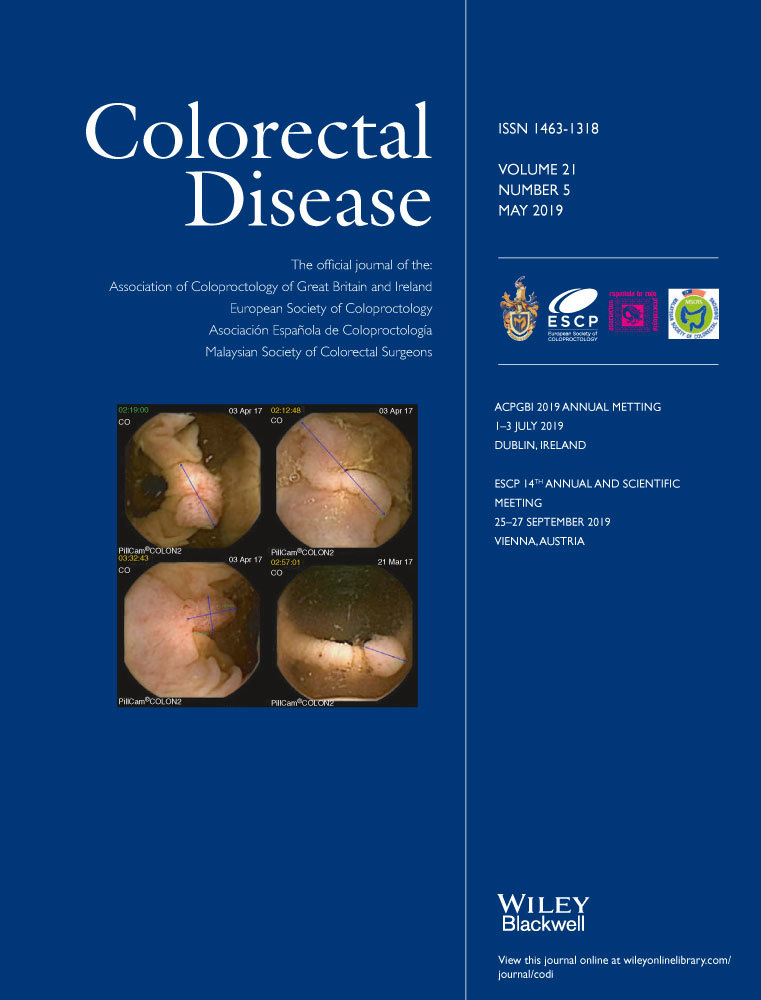Colon capsule endoscopy for colonic surveillance
Abstract
Aim
Resources used in surveillance colonoscopies are taking up an increasing proportion of colonoscopy capacity. Colon capsule endoscopy (CCE) is a promising technique for noninvasive investigation of the colon. We aimed to investigate CCE as a possible filter in colonic surveillance with the primary outcome of reducing the number of colonoscopies.
Method
Patients scheduled for follow-up colonoscopy were subjected to a primary CCE and only supplemental conventional endoscopy if significant pathology was detected or if the CCE examination was incomplete. Significant pathology was defined as more than two small polyps, or one polyp greater than 9 mm or any polyp in patients with hereditary nonpolyposis colorectal cancer. Supplemental endoscopy was carried out to the extent needed to resect the detected polyps and investigate the parts of the colon that were not sufficiently visualized by the capsule.
Results
A total of 180 patients were included. Seventy-seven patients (43%) had a complete CCE with no significant findings. A complete colonoscopy was carried out in 67 patients (37%) and 36 patients (20%) underwent a sigmoidoscopy. In the 103 patients undergoing endoscopy, 59 (57%) had no adenomas detected, 33 (32%) had ‘low-risk’ adenomas and 11 (11%) had ‘high-risk’ adenomas.
Conclusion
The introduction of CCE as filter test in colonic surveillance reduced colonoscopies by 43%, but this implies that untreated polyps are left behind and is not cost-effective. The CCE completion rate must be improved.




